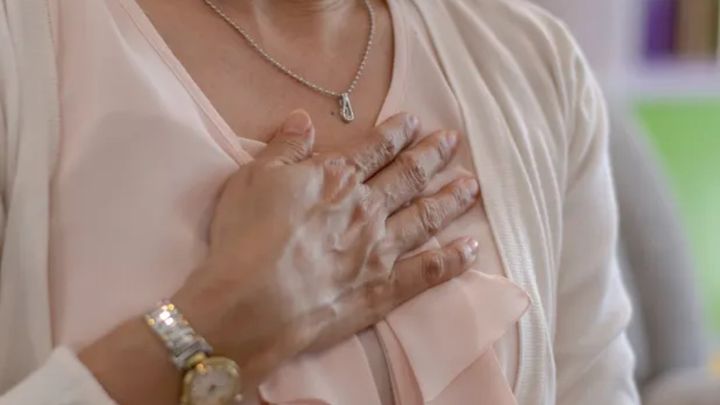
To a trained medical eye, something like a spot or a bruise can reveal a lot more about a person’s health than they might realise.
So too can a “net-like pattern” on your skin, the American Academy of Dermatology Association (AADA) writes.
A lot of the time, the web on the surface of your skin reveals nothing more than the fact that you’re cold, their site reads. It mostly shows up on the legs.
The NHS says that the “net” they’re talking about shows up as “red or blue coloured blotches on white skin, and dark or brownish coloured blotches on black and brown skin”
It may go away when you warm up or can be caused by your medication (another trigger for the condition that the AADA says you don’t usually need to worry about).
But “this netlike pattern can also be a sign of a disease” ― specifically cardiovascular disease, they add.
What disease?
If you’ve ruled out being cold and/or your medicine’s side effects, the “net-like pattern” may also belie something called cholesterol embolization syndrome.
The NHS describes cholesterol emboli as follows: “In people with severe atherosclerosis (narrowed arteries caused by a build-up of cholesterol), small pieces of cholesterol can sometimes break away from the side of a blood vessel, resulting in an embolism.”
It’s a bit like the deep vein thrombosis people who take long flights are at risk for, except instead of introducing a blood clot into the bloodstream, cholesterol embolization syndrome puts chunks of cholesterol plaque into your veins instead.
The skin condition the AADA described, livedo reticularis, can happen when small arteries get blocked.
If plaque enters your bloodstream, it can affect your blood’s ability to circulate ― cholesterol emboli most often affect blood flow to your kidneys.
What happens if I notice it?
Again, especially if you’ve ruled out cold or medications, “it’s important to see a doctor to find out whether you have an undiagnosed disease,” the AADA says.
That’s because “The blockage can lead to damaged tissues and organs” if left untreated.
The Mayo Clinic says that you should see a doctor if:
- The discoloured, mottled skin doesn’t go away with warming
- You have discoloured, mottled skin along with other symptoms that concern you
- Painful lumps develop in the affected skin
- Sores develop in the affected skin
- You also have a condition that affects the blood flow in your limbs
- Your skin symptoms are new and you have a connective tissue disease
“Usually, cholesterol emboli occur as complications of angiograms or other procedures involving your blood vessels,” Cleveland Clinic writes.
“The condition mostly affects adults over age 60 with atherosclerosis and other forms of cardiovascular disease,” they add, stating that men, smokers, and those with high blood pressure and/or cholesterol are especially at risk.
Though “researchers estimate a 63% mortality rate,” your odds change according to the patient, and the condition is thankfully rare (it may affect up to 3% of adults).